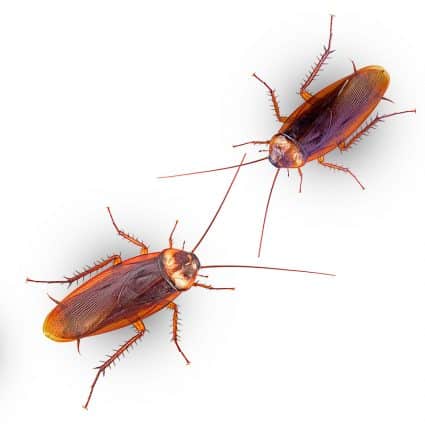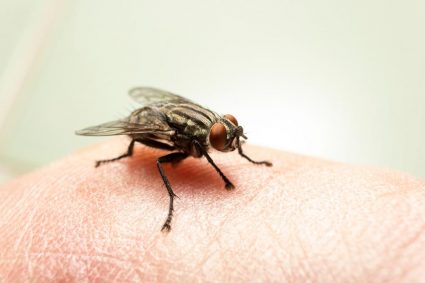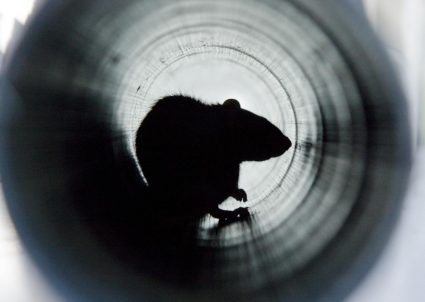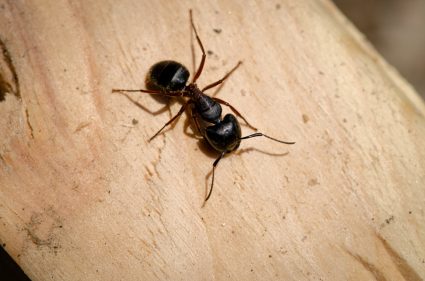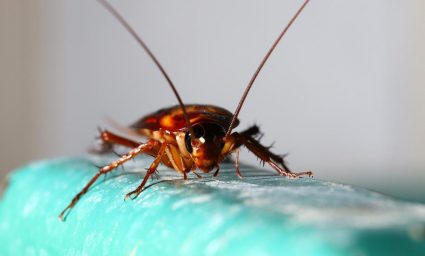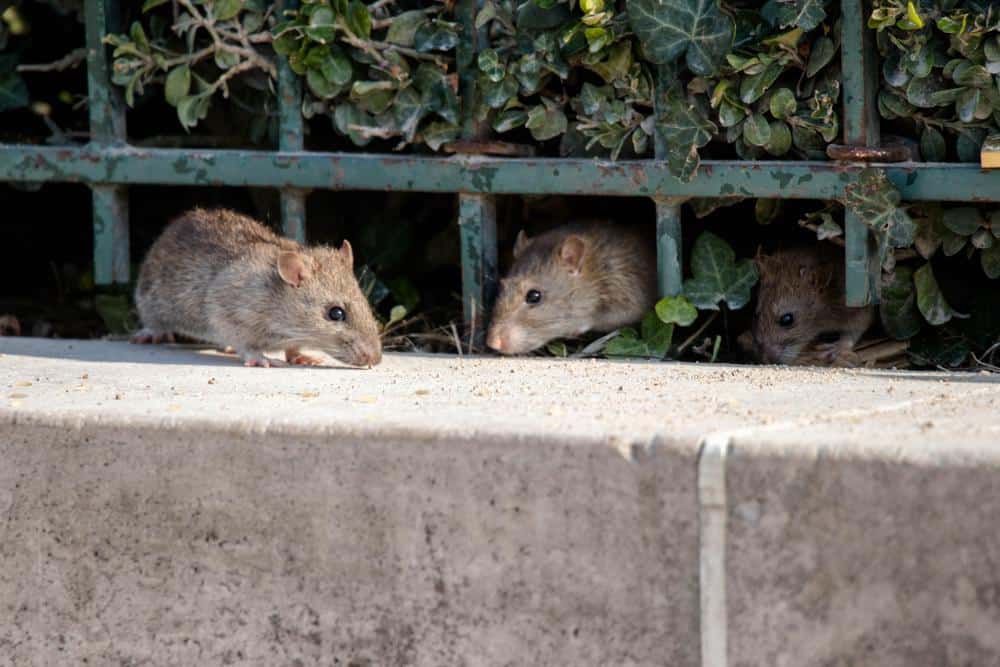
Rat bites, although not a common occurrence, can pose significant health risks if not treated promptly and appropriately. Understanding what a rat bite looks like and how to respond to it is crucial. This comprehensive guide will walk you through the distinguishing features of a rat bite, the immediate and long-term treatments, as well as preventive measures to avoid rat bites.
A rat bite typically manifests as a small, single puncture wound or a number of small cuts. It often bleeds and can cause painful swelling. If infected, pus may be present at the bite site. The bite marks usually have a ragged profile but with cleanly cut edges due to the rats’ large incisor teeth.
Characteristics of a Rat Bite
A rat bite usually manifests as a small, single puncture wound or a number of small cuts. The bite often bleeds and can cause painful swelling. In the event of infection, pus may be present at the bite site. Rats have large incisor teeth that produce diagnostic bite marks, typically having a ragged profile but with cleanly cut edges.
Initial Reactions to a Rat Bite
Immediately after a rat bite, you can expect to see a small puncture wound or a number of small cuts. There might be bleeding and painful swelling at the bite site. If the bite becomes infected, pus may be present.
Evolution of a Rat Bite
A rat bite can evolve over time and potentially lead to rat bite fever (RBF), a bacterial disease. Symptoms of RBF usually begin 3 to 10 days after contact with the bacteria, but can be delayed as long as 3 weeks. By this time, the rat bite or scratch wound that caused the infection has usually healed.
Symptoms and Side Effects
After a rat bite, one can experience various symptoms or side effects, which may vary depending on the type of bacteria causing the infection. Common symptoms of rat-bite fever (RBF) include fever, chills, headache, vomiting, muscle pain, joint pain or swelling, rash on the hands and feet, and swollen lymph nodes.
Differentiating a Rat Bite
A rat bite can be distinguished from other common pest bites by its appearance and symptoms. For comparison, mosquito bites often present as raised, itchy pink skin bumps, while spider bites can cause red skin, swelling, and pain at the site. In contrast, a rat bite usually looks like a small, single puncture wound or a number of small cuts, and tends to bleed and cause painful swelling.
Risks and Medical Implications
Rat bites can pose several risks and medical implications. The most significant risk associated with rat bites is the transmission of rat-bite fever (RBF), an infectious disease. If left untreated, RBF can cause severe complications and even death. Other diseases that can be transmitted through rat bites include leptospirosis, typhus, and plague.
Treatment for Rat Bites
Immediate and long-term treatments for rat bites include first aid, seeking medical care, antibiotic treatment, and monitoring for complications. It’s important to clean the wound with soap and warm water, seek immediate care from a doctor, take prescribed antibiotics, and monitor the healing process for any signs of complications.
Preventive Measures
To avoid rat bites and reduce the risk of rat-bite fever, avoid direct contact with rodents and places with rodent infestations, wear protective gear when handling rodents, wash your hands after handling rodents or their belongings, and maintain a clean living environment.
By understanding what a rat bite looks like and how to respond to it, you can ensure the health and safety of yourself and those around you. Always seek professional medical attention if you experience a rat bite, and follow preventive measures to minimize the risk.
Frequently Asked Questions
What should I do if a rat bites me?
If a rat bites you, it’s important to immediately clean the wound with soap and warm water, apply an antibiotic ointment, and cover it with a clean bandage. Seek immediate medical attention to prevent any possible infections or diseases.
Can I get rabies from a rat bite?
According to the Centers for Disease Control and Prevention (CDC), rats and other small rodents are typically not known to carry rabies. However, it’s always recommended to seek medical attention after any animal bite.
How can I tell if a rat bite is infected?
Signs of an infected rat bite can include redness, swelling, warmth at the bite site, pus, and fever. If you notice any of these symptoms, it’s important to seek medical attention immediately.
How long does it take for a rat bite to heal?
The healing time for a rat bite can vary depending on the severity of the bite and the individual’s health. Generally, with proper treatment, a rat bite can begin to heal within a week. However, if signs of infection or other complications arise, the healing process could take longer.
Are rat bites common?
Rat bites are not common and tend to occur when a rat is cornered or handled. They are more frequent in urban areas where rats are more prevalent. However, any direct contact with a rat should be avoided whenever possible to prevent bites.



